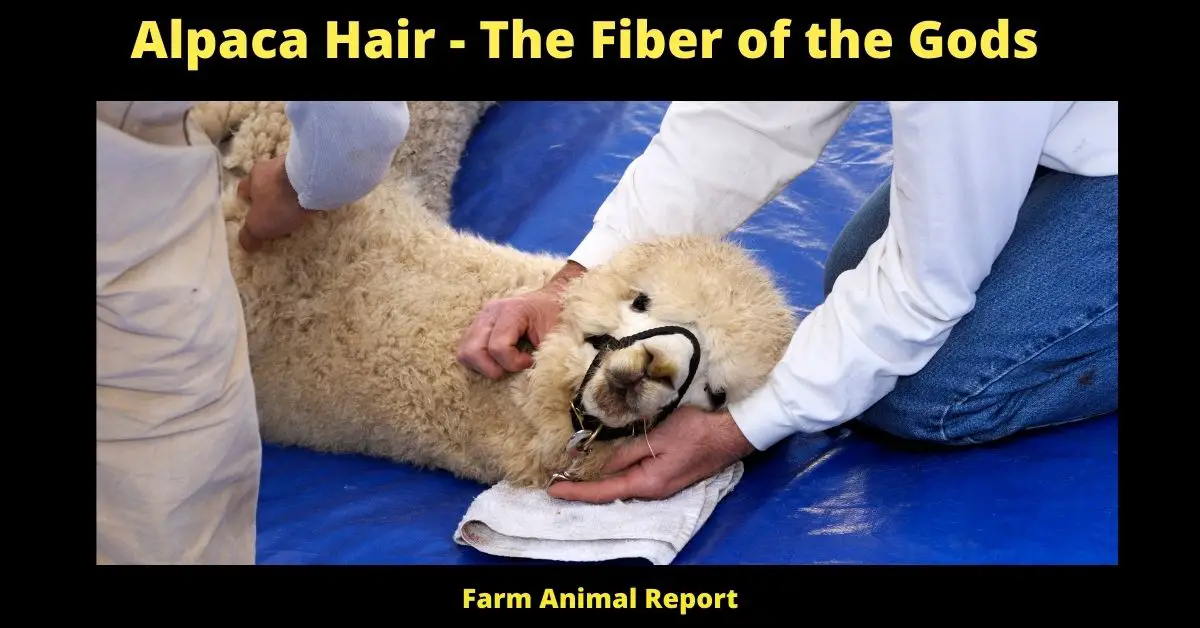As a general rule alpaca hair describes the finest wool for fabrics in the world. Down through time used by the finest in royalty. It is naturally hypoallergenic, contains no lanolin, is naturally water-resistant, warmer than other wools, and is also naturally fire-resistant.
All About Alpaca Hair – The Fiber of the gods
Alpaca hair, also known as “Vicuña Wool” or “Llama Hair,” is an increasingly popular material for yarn. Alpacas are members of the camelid family and they produce a fine-textured fiber with a very low lanolin content. This fiber is soft, durable, hypoallergenic, lightweight, warm, and water-resistant. It has been used to create everything from socks to sweaters!
Check Out Amazon’s Educational Resources for Raising Alpacas
Alpaca hair is a type of fiber that comes from the alpacas. This animal lives in South American countries such as Peru, Chile, and Ecuador. It has been used for many years by people living in these areas because it provides warmth without adding bulk. It is also naturally water-resistant, making it well suited for clothing that will be worn in wet conditions. However alpaca hair is not very durable by itself, so it needs to be spun with other fibers such as wool or cashmere to make products like hats and scarves.
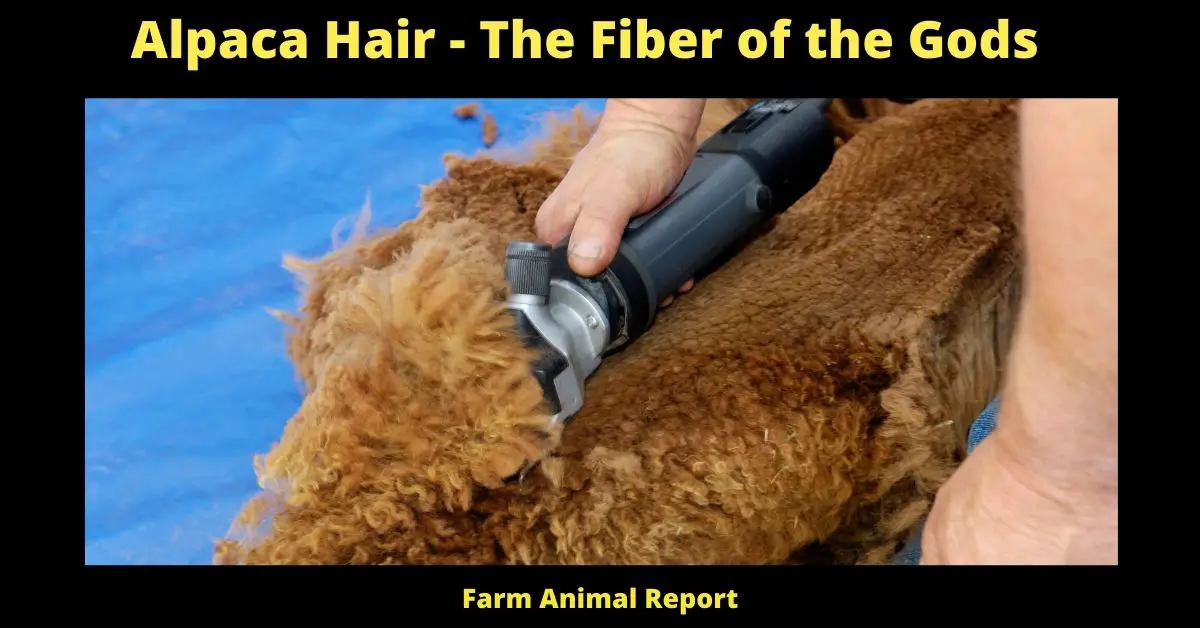
Fiber of the Gods
Alpaca hair has been called fiber of the gods because of its durability, softness, and warmth. This luxurious fiber is used in sweaters, scarves, and shawls which are lightweight yet warm enough to keep you cozy on the coldest of days.
Down through history, it has been thought to be the perfect fiber for garments worn by royalty. Coming from South America alpaca was not easily accessible to the average person, however, it has been gaining popularity in recent years as more and more people come to appreciate its softness and warmth.
Alpaca is a lovely animal that produces beautiful fiber which can be woven into glorious sweaters worthy of any king or queen.
18 ways Alpaca Farmers make Money
What is Alpaca Fur Called?
alpaca hair, also known as “Vicuña Wool” or “Llama Hair,” is an increasingly popular material for yarn. Alpacas are members of the camelid family and they produce a fine-textured fiber with a very low lanolin content. This fiber is soft, durable, hypoallergenic, lightweight, warm, and water-resistant. It has been used to create everything from socks to sweaters!
What is Cashmere Hair?
cashmere hair comes from goats
- Cashmere Goats
- Pasmina Goats
- Soft undercoat used for clothing
- Guard Hairs – brushes
Types
- Raw
- Processed
- Virgin
- Recycled.
Cashmere Hair is very soft. Cashmere goats are shorn every two years to get the cashmere hair. The fine undercoat of a goat is what makes it different from other types of hair because it can be used for making sweaters, boots, coats, and hats. It has been made popular due to its lightweight warmth that can be worn during the winter.
Cashmere is also used very often in high-end lingerie because of its fine quality, softness, and warmth. It can be dyed into different colors like black or grey but it retains its original color when left alone which makes it a popular choice for people who want their clothes to keep looking new even after many washes. It is also very easy to care for because it does not require dry cleaning and can be washed with just soap and water.
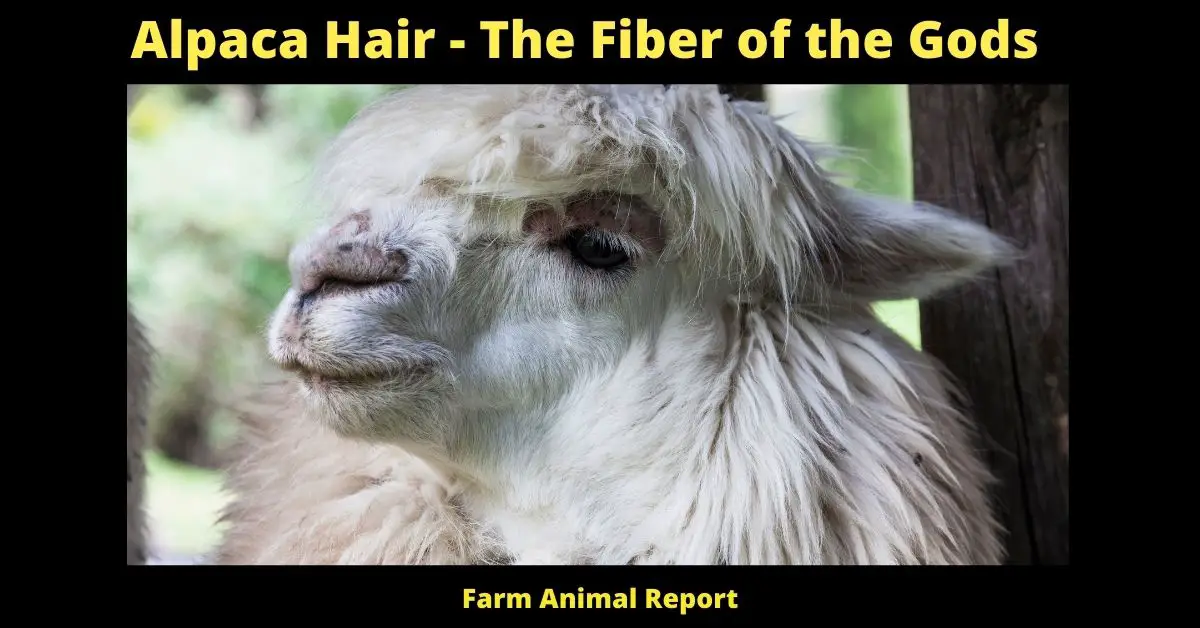
Different Types of Alpaca Hair
The different types of alpaca hair are
- Vicuna wool
- Llama Hair
- Alpaca Wool
- Cashmere Hair
- Woolen Fiber
- Sheared Fibers
- Angora Hair
Vicuna Wool
- Warmth
- Hollow air-filled fibers
- Interlocking fibers
- Finest fibers in the world
- The alpaca Fiber diameter of 12 μm
- Goats Fiber Diameter cashmere goats is 14 to 19 μm
- Angora Rabbit is 8 to 12 μm
- Vicuna produce 1.1 lb wool per year
- In Peru History – only shorn once every 4 years
- In Peru History against the law to kill a Vicuna
- in 2007 US$1,800 to US$3,000 per yard
- In 2007 Vicuna Scarf US$1,500
- In 2013 Italian Sport Coat US$21,000
What is Alpaca Wool Called?
Alpaca is not a type of wool, but alpacas are the animals that produce it. Alpaca hair and fiber is often referred to as “Vicuna,” which comes from an animal in South America with similar properties.
Alpaca fibers come in many different colors and textures depending on their age, sex, breed, and geographic location.
Alpaca is a much softer material than sheep’s wool; it does not contain lanolin, which can make some wools sticky to the touch. This also means that alpacas do not need to be sheared as often as other types of livestock (but they still require grooming).
- – softer material than sheep’s wool
- – lack of lanolin
- – need grooming but not shearing as often.
Huacaya Fiber
- Warmer than goats
- Not Prickly
- No Lanolin
- Hypoallergenic
- Naturally Water Repellant
- Naturally Fire Resistant
- Soft Spongy Fiber
- Natural Crimp
Suri Fiber
- No Crimp
- dreadlocks
- silky pencil-like locks
- Suri is thought to be rarer
- Suris are often said to be less cold hardy
Alpaca Hair Uses
Because of the finer type of hair Alpaca hair has many uses
- scarfs, gloves, hats
- blankets and sweaters.
- Textile industry
- Fiber is 85% warmer than sheep’s wool
- Alpaca hair can also be used to make cloth and fabric. It has a more intricate structure than other types of animal fur or wool, which makes it softer and lighter in weight. Alpacas need to molt their fiber once per year (similar to deer),
- Alpaca yarn is known for its softness; it’s comparable to cashmere in many ways.
- Alpacas are sheared once a year (in the spring) every two years instead of annually like other animals like sheep or goats – this gives their fiber a longer “staple length”.
- Alpaca hair is naturally water repellant, fire resistant & hypoallergenic – this makes it great for people with allergies!
- This means that you will not need to treat the products made from alpaca fiber. You can wear your gloves or hats in all kinds of weather without worrying about them getting wet.
- Alpaca products are also naturally dirt resistant, which means you will have to clean them less often!
- Even though alpacas do not need shearing as much as other livestock they still require grooming – this is because their fiber can mat if it’s left for too long between cuts. You should never wash your Alpaca product without a professional, as it will damage the fabric and change its properties.
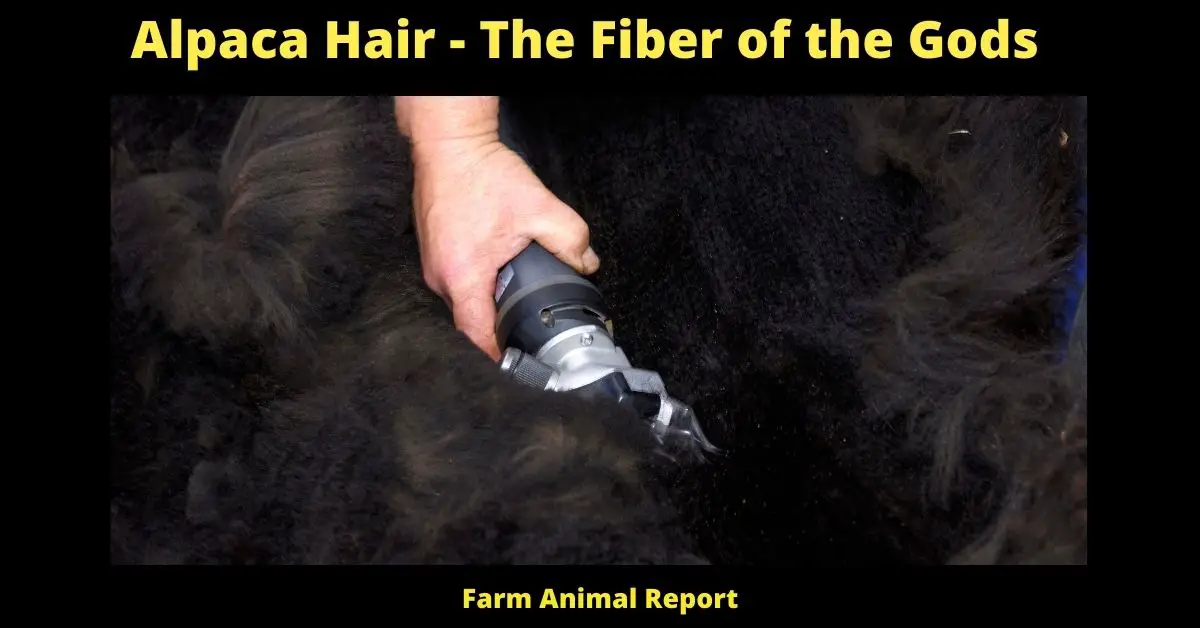
Is Alpaca Fur Ethical?
Alpaca fur is considered to be one of the most luxurious natural fibers available. Alpacas are not killed for their wool, and they live in open grasslands with minimal environmental impact. There are no chemicals used on alpaca fleece; it’s pure 100% all-natural fiber! Just like sheep grow wool, alpacas grow their own unique fleece each year. Alpaca is hypoallergenic, making it great for those who are allergic to wool or have sensitive skin!
Alpacas are not harmed in the shearing process. Alpaca fiber is carefully removed in a way that causes the least amount of stress to the animal possible, and proper nutrition has been provided prior to shearing so no nutritional needs are compromised. The alpacas aren’t harmed by being shorn—in fact, they have been observed enjoying it!
Alpaca farming focuses on producing fine Alpaca hair which means that Alpacas are very well taken care of.
Alpaca Wool vs Sheep Wool
Alpacas are smaller than sheep, and their fleece is much finer. For example, an adult alpaca will produce approximately 85 grams of fiber per year; in comparison, a similar-sized sheep would average about five times that amount (about 430g). Alpacas also need less shearing pressure to get the same weight when being shorn.
Alpaca fleece is a hollow structure, which means it’s very light and lofty for its size. Alpacas have two types of fiber: The first type of alpaca fiber is known as “fiber”, which can be used to make yarns that are softer than cashmere, yet warmer than sheep’s wool. The second type of alpaca fiber is known as “cria” which has the same characteristics and qualities as human hair: it can be styled, colored or cut like any other body part (although we don’t recommend cutting off your own head).
In comparing Shhep Wool to Alpaca Wool
Alpaca wool is
- warmer
- more expensive
- much more luxurious
- can be made into fewer clothing items
- Alpaca is also softer and denser than sheep wool, but it’s not elastic like merino or possum. In fact, alpaca fleece has a similar hand to cashmere: soft with a slightly coarse texture. Alpacas are smaller than sheep, and their fleece is much finer. For example, an adult alpaca will produce approximately 85 grams of fiber per year; in comparison, a similar-sized sheep would average about five times that amount (about 430g). Alpacas also need less shearing pressure to get the same weight when being shorn.
- naturally fire-resistant
- Naturally hypoallergenic
Sheep wool is currently produced on a larger scale, resulting in lower prices. A typical sheep produces approximately 23 ounces of wool per year.
Sheep’s fur is more elastic than alpaca fiber because it has a crimp which gives it bounce and memory so garments retain their shape even after being worn for a long time without being washed. Sheep also have two coats: an outer coat with coarse hairs called kemp, and a fine inner coat which is the true wool.
Alpaca farming is increasing in popularity, but it is still a relatively small industry. In the United States, alpaca farming has grown by 25 percent each year for the past five years.
Disadvantages of Alpaca wool
Some of the disadvantages of Alpaca wool currently are:
- Many people find the hair itchy.
- It is very expensive, due to low yield and high costs of production. This makes Alpaca wool less popular than sheep’s or goat’s wool which can be sourced from a much larger population at a cheaper price. However, as more people become aware of the environmental and ethical benefits of Alpaca farming, this will change.
- It is not naturally flame retardant so it must be treated with a chemical fire-retardant before use in clothing or other articles that may come into contact with an open flame. This treatment decreases its softness and has been known to cause allergic reactions in some people.
- · It is not as readily available and accessible to the public like sheep’s wool, due to the low population of Alpacas in many countries. For example, there are currently about 12 million sheep in Australia but only around 300 000 Alpacas (Australian Bureau of Statistics). This makes it harder to source and often more expensive.
Where can I Buy Alpaca Fleeces
The best places to buy alpaca fleeces are through Alpaca Nation and alpacas.com where you can get the highest quality, softest fleeces for a great price. If you’re looking to spin your own yarn from raw fleece, check out Handspun Heaven, which is committed to providing top-quality fibers at an affordable rate.
Local Alpaca Farms are found in every state now. Arrangements can be made to purchase raw fleeces from a farm near you.
If you plan on buying or selling alpacas, it is important to know that they are herd animals and require the company of other alpacas. They’re also very intelligent creatures who express themselves through humming sounds or high-pitched bleats so if you plan on buying an alpaca for pets or breeding purposes, make sure to do your research before making a purchase.
After you’ve done your research and found the alpaca that’s right for you, there are many organizations across the United States dedicated to helping new owners navigate their first purchase. The Alpaca Owners Association (AOA) is a great resource if you’re looking to learn more about keeping healthy animals or preparing yourself for the breeding season.
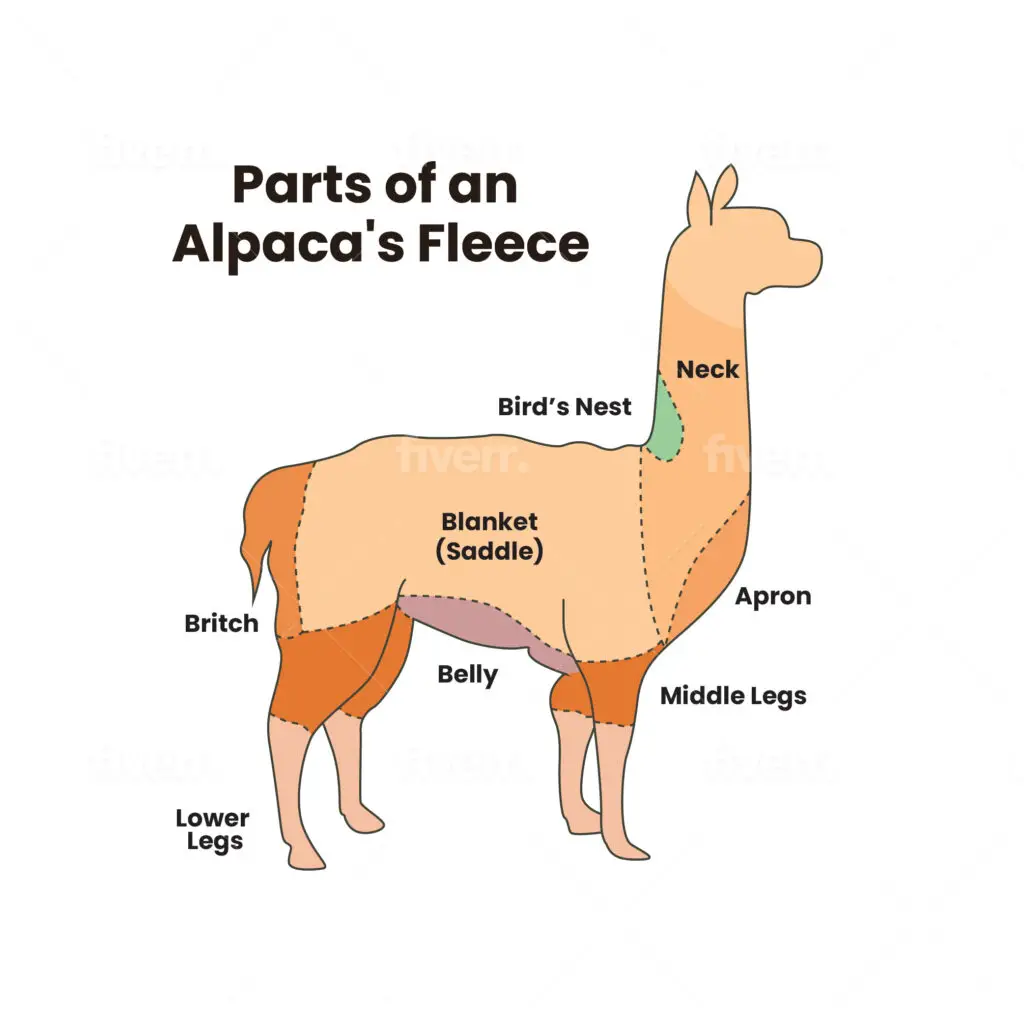
How Much does Alpaca Hair Cost?
Alpaca hair is the softest of any animal. It comes from a furry mammal that lives in South America, and alpacas are related to camels. Alpaca fiber does not contain lanolin which makes it hypoallergenic. The price of alpaca fiber is around $15 per ounce.
Depending on which state you acquire it in
- Raw Fleece$0-$10 per pound
- Skirted & Sorted$1-$28
- per poundRoving & Batts$50-$75
- per poundYarn$100-$150 per pound
The Manufacturing process of alpaca hair is very simple. It is washed, dyed, and then spun into yarn.
Raw alpaca fleece needs to be cleaned before it can be used for spinning fiber. The dirty fibers are run through a series of machines that remove dirt and impurities like sticks or rocks (in some cases). After the wash, the fabric goes through another machine that evenly spreads the fibers to prepare them for dyeing.
After being dyed, alpaca is ready to be spun into yarn. The spinning process adds strength and durability by twisting multiple strands of fiber together while removing any stray hairs or short pieces of cut ends (in some cases). Spinning also creates different weights in the final product like bulky or thin yarns.
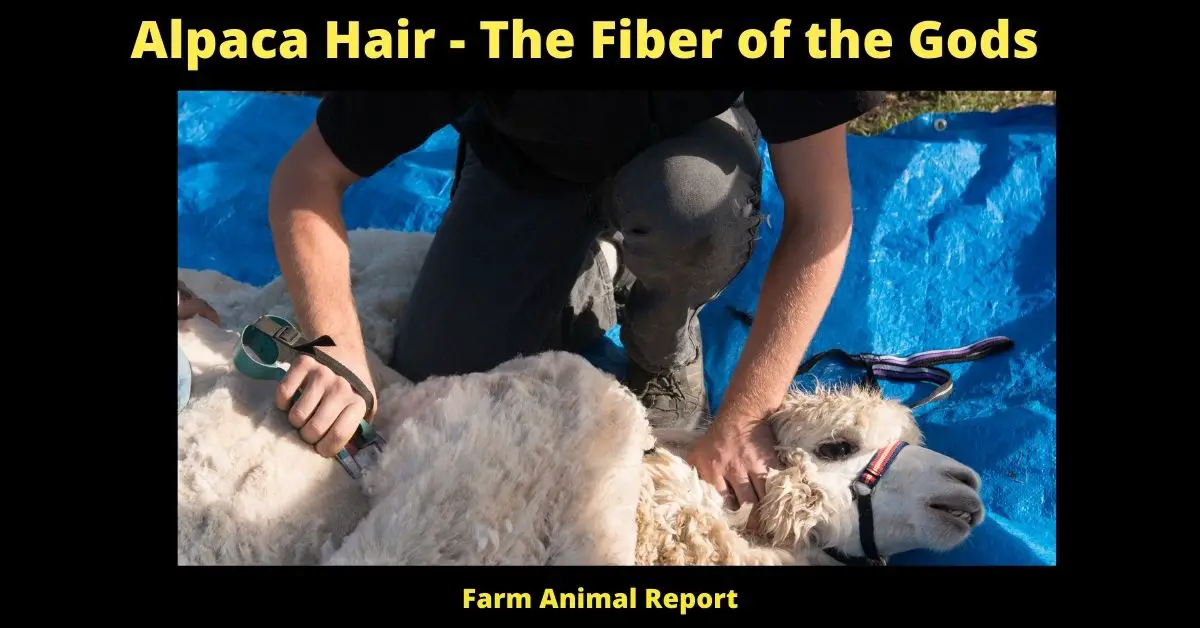
Final Thoughts
There are many ways to wear alpaca fiber, and it can be used for a variety of different things like cooking or art projects. Alpacas don’t need much maintenance because they naturally protect themselves from the elements with their fur; this means that you won’t have to shear them as often as other animals either.
Alpaca hair can be used for many different things, and one of them is art projects. There are a variety of things you could make with alpaca fiber from making small pom-poms to creating large tapestries. Alpacas don’t need much maintenance because they naturally protect themselves from the elements with their fur.


